It’s big, it’s blue, it’s beautiful – but what’s really going on down there? The ocean is arguably the most fascinating part of this planet, and these ocean facts prove it:
There’s a lot of ocean out there
Oceans cover about 70% of the earth’s surface, with an average depth of about 3,700 m. About 97% of all our planet’s water is in the ocean, and its deepest point is about 11,000 m.

There’s garbage, way too much garbage
Most of it is plastic. National Geographic estimates the ocean plastic count at 5.25 trillion pieces, with 269,000 tons of it floating on the surface. There are huge patches of garbage floating in our oceans which have been grouped together by currents, wind and the earth’s rotation. These are know as gyres. The most famous of these garbage patches is the Great Pacific garbage patch, a gyre of marine debris in the Central North Pacific Ocean which is roughly the size of Texas. Shocking, huh?
It doesn’t take a scientist to identify that all of this garbage is extremely detrimental to marine life who mistake it for food, get entangled in it, have their water polluted by its chemicals and their homes – the sea floor and surrounding coral – smothered or broken by it.
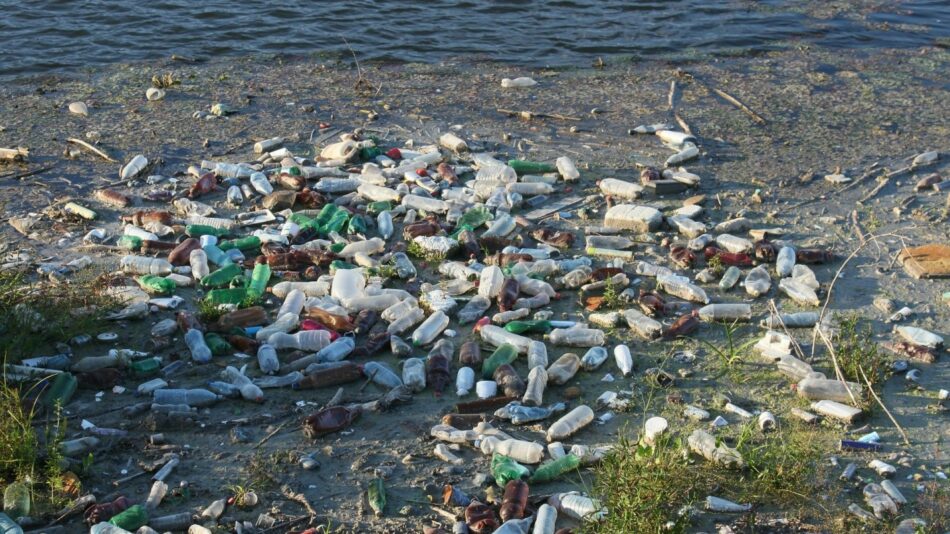
There’s so much more to explore
Depending on who you ask, it’s estimated that humans have only explored between 5-10% of the ocean to date. MIND BLOWN.
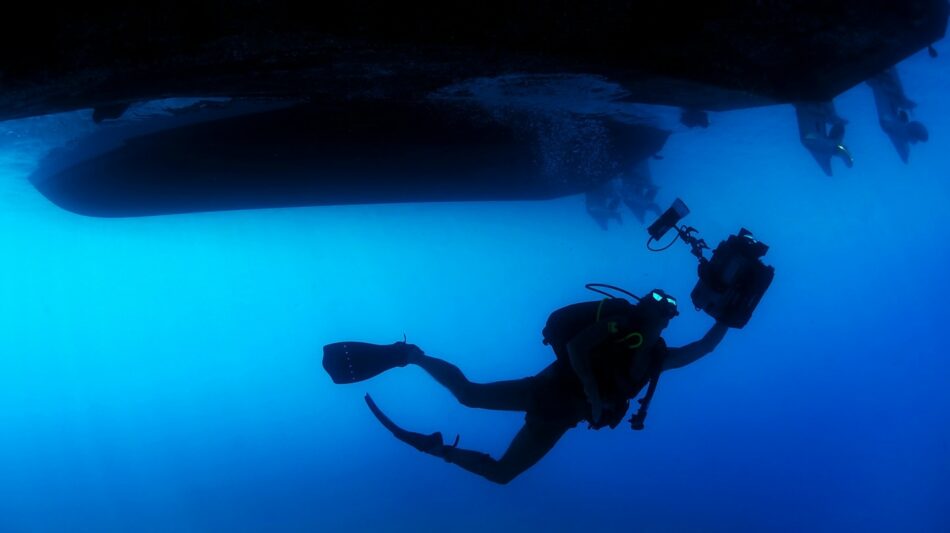
It’s home to a whole lot of things, most of which we haven’t even discovered yet
We know of over 200,000 species of marine life – which is a pretty ridiculous number on its own – but estimates say that for every species of marine life already discovered, there are 2 or 3 more that we know absolutely nothing about.
There are all sorts of beautiful, creepy, fascinating species living under the surface that are sure to blow our minds for the unforeseeable future, and we are so excited to see what else is out there.
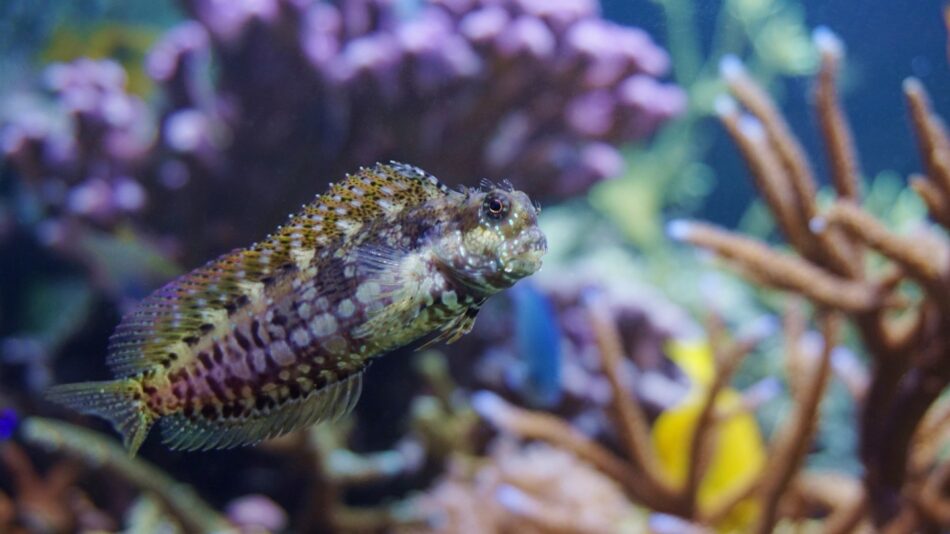
Blue Whales are freakin’ HUGE
Not only are blue whales the biggest animals on earth, but they’re the biggest animals that’ve ever existed (as far as we know so far). As an adult they can weigh around 190,000 kg (2,354 times the weight of an average adult) and reach 30 metres long (the length of almost 18 average sized men lying head to toe).
Their hearts can be the size of a small car, and their blood vessels are large enough for a child to crawl through. No wonder that whale swallowed Pinocchio and his boat so easily…
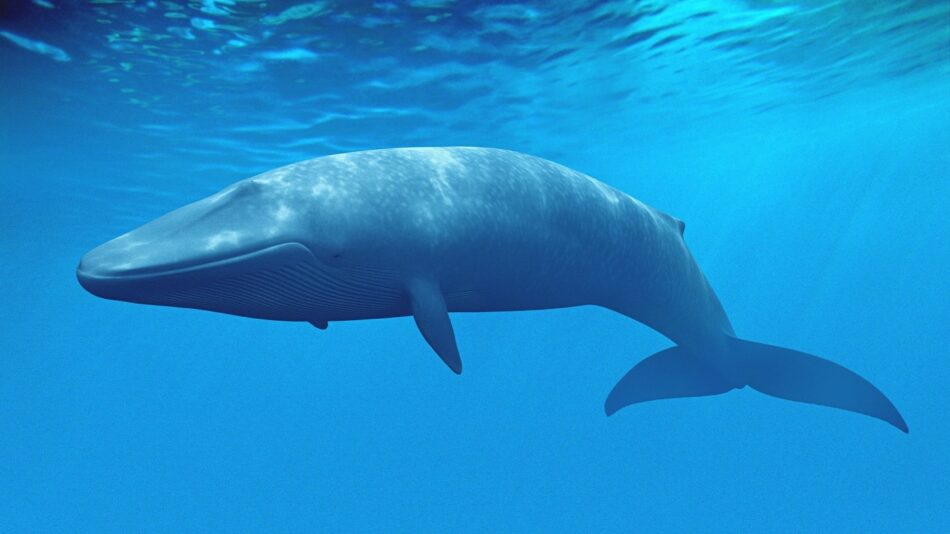
Ocean life is REALLY old
Ocean life is estimated to have started as early as 3.4 billion years ago, vs. the 400 million years estimated for land dwellers.
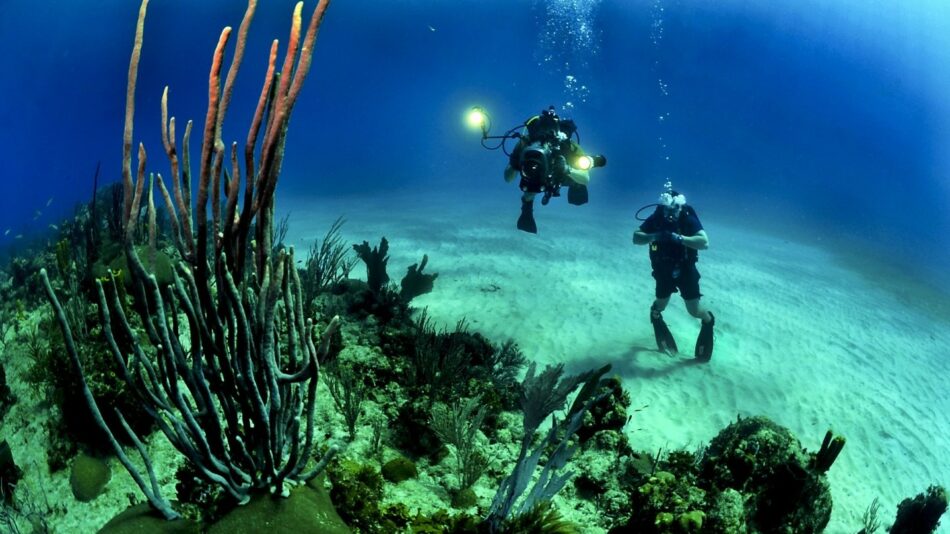
The ocean is the only reason Mount Everest holds the tallest mountain crown
She may hold the crown, but she’s not actually the biggest and baddest. An inactive volcano in Hawaii named Mauna Kea is actually taller than Everest, but nearly 22,000 feet of its height are below sea level, which most people don’t take into consideration.
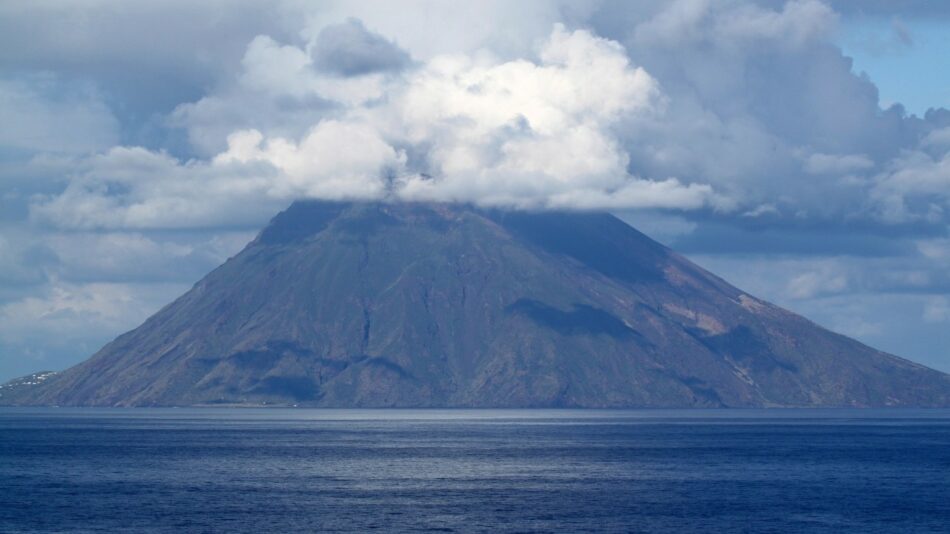
Sharks are good guys, for the most part
Just like tattooed boys in leather jackets, sharks get a bad rap, and to be honest it’s not fair to write them all off as terrifying reasons to be apprehensive in the water. The fact is that there are more than 500 shark species, and of that 500, most of them (about 80%) don’t reach more than 1.6 m in length and don’t encounter or hurt people at all. In actual fact, this year, more people have died from selfies than from shark attacks. Ridiculous, but true.
Of the 500 species of shark, there are only 32 that have documented cases of human bites, and 36 that are considered potentially dangerous. Sharks are an important part of our ecosystem, and we’re doing our part to help protect them. Read more about that here.
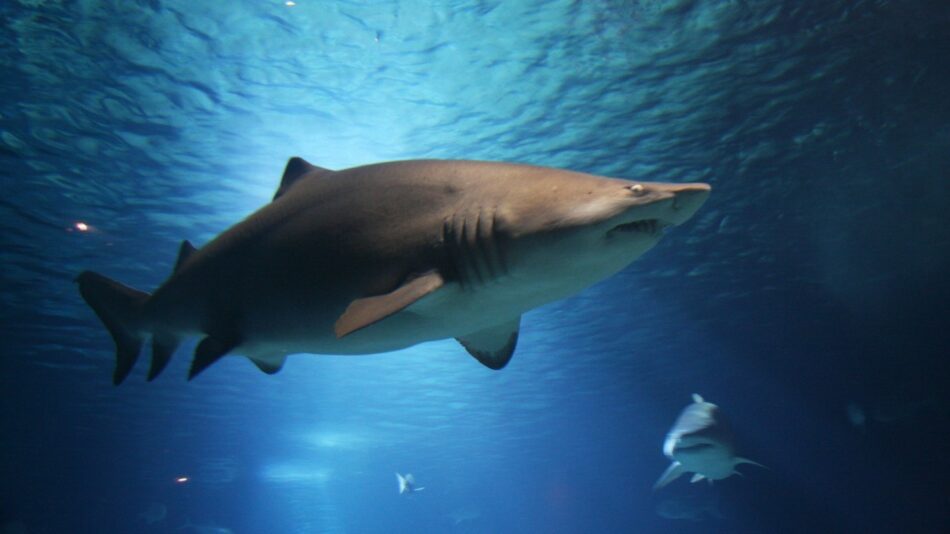
Jellyfish are a bit more worrisome though…
These willowy killers have claimed 15-30x more lives than sharks have.
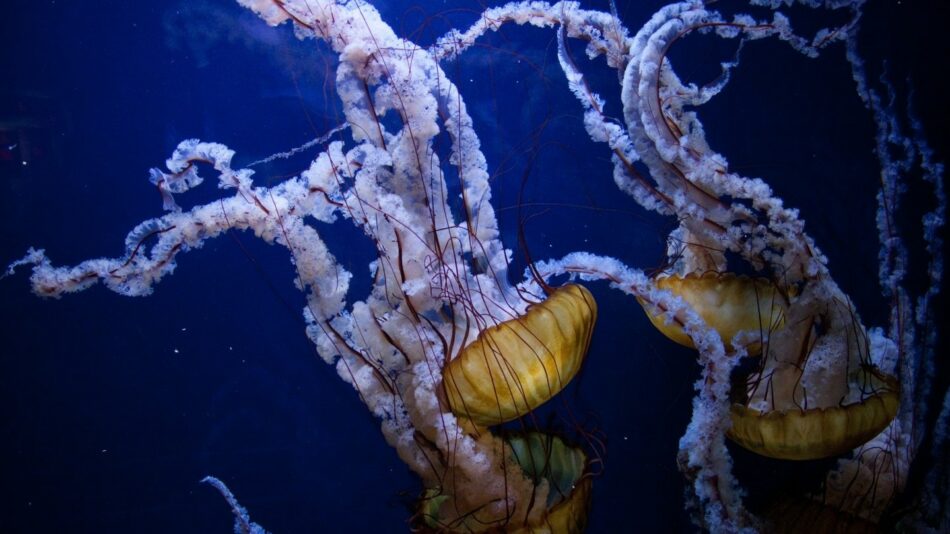
Sea volcanoes are having a grand ol’ time
90% of the world’s volcanic activity occurs from volcanoes located underwater.

Coral is saving human limbs
Not only is coral being used as material for bone grafts in humans, but bio-medical studies have revealed that coral can play a vital role in bone healing as well.
Coral reefs and their inhabitants are being used and studied for a ton of medical uses such as cancer treatment, pain killers, antiviral treatments and more. It may be pretty, but it’s a kick-ass medical resource as well. See, you really can have it all…


